Yesterday I received a powerpoint on Lladró's figures. It looked like to me a very nice story; I did not know anything of the beginning of this prestigious company. Then, I started looking for information and I thought I would like to share it with you.
The brand Lladró appeared, for the first time, in 1953, when the brothers Juan, Jose and Vicente Lladró started elaborating their first pieces of ceramics, in a Moorish oven constructed in their family house, in Almácera (Valencia, East of Spain). In that moment, the brothers Lladró worked for hire, at a factory of tiles and flatwares. One day, Vicente needed some figures of Angels and Cherubs. Then, the three brothers decided to create an own company, to make figures of porcelain.
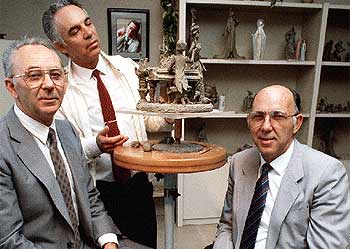
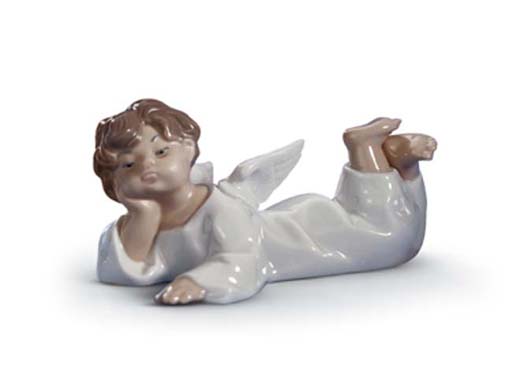
In 1958, they moved their company to an industrial unit, in the village of Tabernes Blanques, to be able to face to the increasing demand of their pieces. Immediately, from the sixties, the company initiated its international expansion, which led it to being, at present, one of the companies of reference, in the ceramics of luxury.
In 1965, Lladró was exporting part of its production,to Canada, and it started to enter in The United States. During the 70´s, it took place a significant increase of the products Lladró, on the North American market. Also, in the middle of the seventies, Lladró started selling its products, in Japan.
The renown, acquired by the sculptures Lladró, propitiated that, in 1991, a selection of the same ones was exposed, in the Museum of the Ermitage, in Saint Petersburg (Russia). Since then, two pieces form a part of the permanent collection of this museum: "Carriage from 18th century" and "Don Quijote".
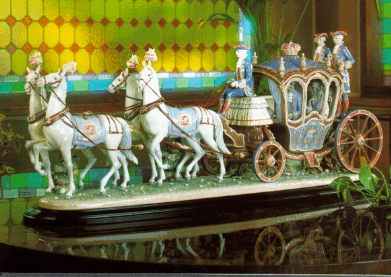
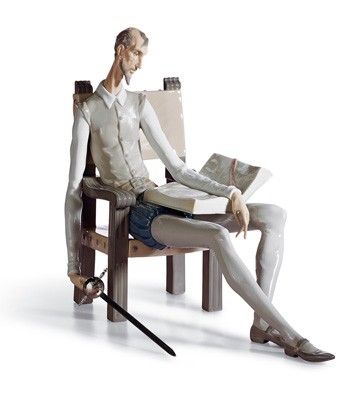
In 1992, Lladró was present in the Pavilion of Valencia, in the Universal Exhibition of Seville. In 1995, there was inaugurated the Center Lladró, in Madrid. In 1988, there was inaugurated the Museum and Gallery Lladró of New York.
The company has received the Prize “Prince Philip to the Managerial Excellence”, even in three occasions (1993, 1997 and 2002).
In 2003, the family Lladró decided to break the company. Three branches of the family, which were distributing the company, to 33 %, reached an agreement to distribute it. At the end of 2003, there was constituted a new board of directors, in whom each of three founding brothers was represented, by two of his children: Juan Lladró, by Rose and Angels Lladró Sala; Jose Lladró, by M ª Carmen and M ª Jose Lladró Castelló; and Vicente Lladró, by Juan Vicente and David Lladró Roig. In 2007, Juan Lladró assumes the property of the business, in its most, together with his daughters, Rosa and Ángeles.
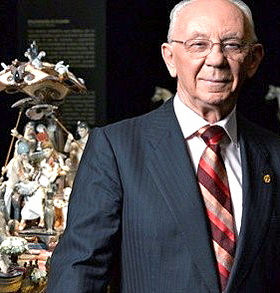
Juan Lladró (the new President)
All the pieces are elaborated, in the workshops of The City of the Porcelain, in Tavernes Blanques. The original piece is divided in fragments of which molds are obtained. These molds are refilled by liquid plasticene of porcelain, giving room to the parts, that are later recomposed, using plasticene of porcelain, as adherent. Different ornamental elements, as for example the flowers, are added later, by hand, on the recompound piece.
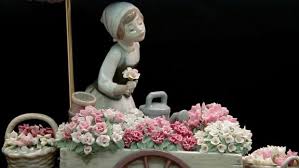
Later, the pieces are painted, by hand, and they are varnished. Finally, they are baken, during about twenty hours and, once exits of the oven, apply diverse processes of quality control to them.
I want to show you some figures, that I like very much. I have to say that all of them show a great tenderness, a great elegance and a great peace.
For example, I like this figure:
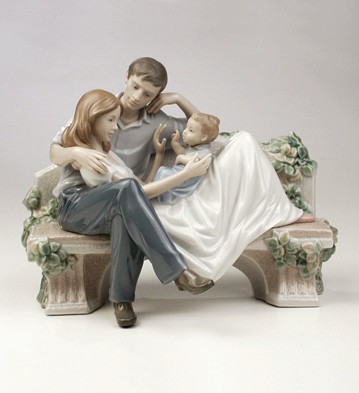
It represents Family. I like its joining together
And this complicity, among mother and daughter, is wonderful:

This is another nice figure:
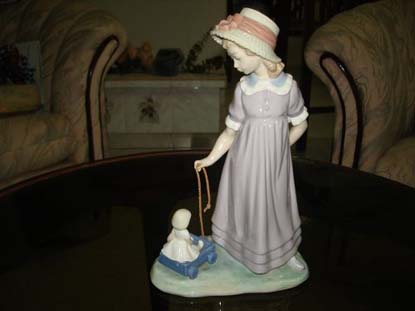
A funny scene:
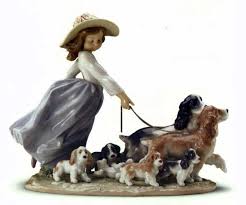
But the Lladró's most representative figure is the "Cinderella's carriage", which you can see, below, behind José Lladró:
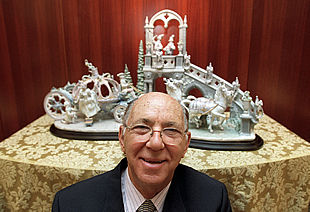
Well, now I hope that you can enter in a Lladró shop, like this one:
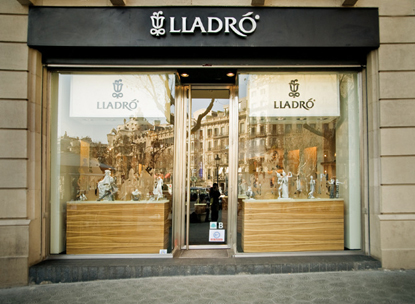
Until my next post, kind regards,
Luis.
Sponsored by Costaluz Lawyers.
Please click below:
